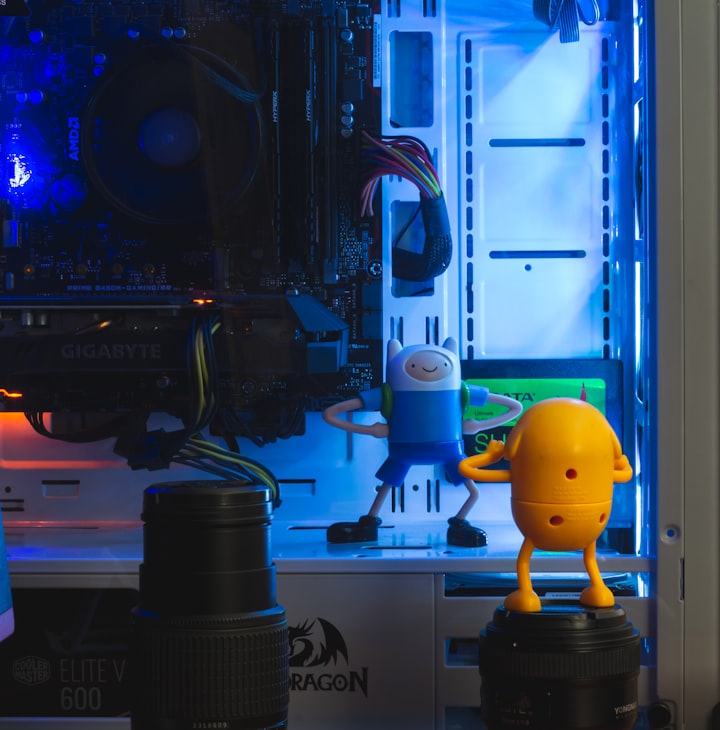Do My Hypnosis Client's Eyes Need To Be Shut When In Hypnosis
Open or shut? What is best?
(Video transcribed)
The next question is, “Scott, I’ve been trained in clinical hypnotherapy and I was always taught that my client’s eyes need to be closed, but I’m finding a lot of my client’s eyes are not closing and not staying closed. Does this matter? I can still see what you call unconscious movements.” I think you mean unconscious moments. “Am I right in thinking they’re still in trance?”
Yeah, great question. Firstly, I don’t think eye closure has anything to do with trance. All eye closure does in my eyes, for lack of better words, is just cancel out distraction. Trance is very, very hard for a client to go into when there’s a lot of distraction. So eye closure stops distraction. But I don’t think, and I’m probably not the only ones to say this, it has anything to do with the actual “trance.” You can have clients that have their eyes wide open and are still exhibiting the unconscious moments. That tells you that trance is still going along.
In the case when I was working with my clients, I don’t care about eye closure. I don’t care about deepening a trance. I don’t care about any of that stuff. What I’m looking for is… It can almost see my clients would be classed as being awake. They’re upbeat, they’re talking, but at the same time, while they’re talking to me consciously, there’s a lot of unconscious moments going on. So regardless of eye closure, whether it’s there or not, all I’m looking for are the unconscious moments. Are they taking big sighs? Are they breathing? Is it shallower? Is it deeper? Are they getting stuck on their words? Is their mind going blank? Are they experiencing some sort of hypnotic phenomena? They feel like their whole body is heavy, or I’ve had clients, I’m talking about quitting smoking, going through all the symptoms and stuff like that, and all of a sudden their hand starts to raise automatically and they literally can’t stop it. I haven’t told them to do that. It just happened to be part of the trance.
While that’s happening, I can utilize that and that’s really just a sign of an unconscious moment. And we know that an unconscious moment is just the unconscious mind exhibiting itself. It’s just obviously talking to you, it’s doing the things it’s supposed to do talking to you as a therapist. Eye closure, don’t worry about it. If you’re finding your clients get distracted, get their eyes to close. But don’t be fool in thinking that clients eyes have to be closed in order to relax. And that opens up a bit of a can of worms when people say, “My client was really, really relaxed, that must mean they’re in hypnosis.” Relaxation and depth of trance and eye closure have nothing to do with actual trance work. What I mean by trance work is actually a therapeutic trance.
I think there’s two different types of trances. Okay, this is just my own opinion anyway. Two different types of trances. There’s a trance where a client relax, but doesn’t necessarily mean it’s going to be an unconscious thing. Doesn’t mean you’re going to have access to their unconscious mind. You also have a trance that’s more therapeutic. And the difference between the two is the therapeutic trance does not have to have relaxation. It does not have to have eye closure. What it does have in a very strong way is a client will be getting those aha moments. They’ll be getting new insights and new conclusions about their problem, i.e. the root cause in comparison to a client that’s really, really relaxed. They relax. You might deepen the trance. They look like they’re “in the hypnosis.” Then they come out of it and say, nothing’s really happened.
I don’t want to try and pull those things together. I do want to separate it. And what I’m going for each time is a therapeutic trance. As long as I’m seeing unconscious moments, that means that the unconscious mind is… It’s alive, so to speak. It’s communicating with me. I can use those as part of the therapy. I’m never going for relaxation. I’m never telling my clients to relax or close their eyes. If it happens to happen… If that makes sense. If it happens to happen that they start to relax and eye closure is a result of the unconscious moments, I’m going to utilize that. And I talked about yesterday… You guys got a couple of videos back, I talked about the Ericksonian utilization tool. Utilization induction, that’s what I’m talking about here. It’s utilizing what your client gives you as a part of trance.
If my client’s eyes are blinking a lot and they’re blinking, they’re staying sharp, then snapping out of it, I’m going to use that to put them into “a trance” as a metaphor… I’m going to use that as part of the therapy, use that as part of the experience, but I’m never going to formally tell my clients, “Hey, close your eyes and relax,” because that’s when resistance starts to happen. Going off a bit topic here, but I think it’s all related. Resistance will always happen when you’re telling your client to do something like close your eyes and relax and something like that. And resistance will start because now they know you have started, and their resistance can go up.
So forget about the eye closure thing. Look for the unconscious moments or movements. Same thing, I guess. Look for those things. Don’t get lost whether my client’s eyes are closed or not. If they are, they are not. If they’re not, they’re not. Don’t worry about it any further and just concentrate on giving your client the therapy rather than worrying about the hypnotic side of it, because that’ll come naturally as a result of actually doing the therapeutic work. Hopefully that answered your question. I went around in circles a little bit, but hopefully all those things are interrelated. You can see a little bit more clearly now. Hopefully that answers your question. And guys, I’ll see you in the next one.
About the Creator
Scott Jansen - Conversational Hypnosis & Business
After a 12yr career as a hypnotherapist helping lawyers quit smoking I'm now helping more than 6000 hypnotherapists grow and scale their hypnosis businesses, and more than 30,000 students globally to master advanced conversational hypnosis.






Comments
There are no comments for this story
Be the first to respond and start the conversation.